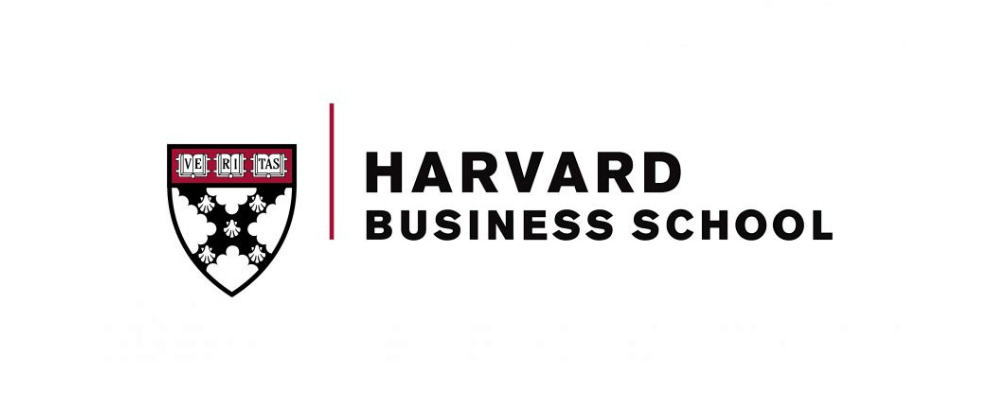
With Hepatitis C running rampant in Egypt in 2012, Clifford Samuel, then of California-based Gilead Sciences, convened a series of urgent meetings with Egyptian government officials, doctors, and patients. His goal? To make Gilead’s lifesaving Hepatitis C drugs available for Egypt’s most vulnerable by harnessing a new business model.
The bold approach worked.
Gilead, one of the world’s leading antiviral makers, would sell its branded Hepatitis C medicines while offering local manufacturers voluntary licenses to produce generics, requiring only royalties in return. The company realized reasonable profits and reduced Hepatitis C, and rates of which are expected to fall by 86 percent between 2020 and 2030, according to Egypt’s Ministry of Health.
This real-world example demonstrates how a business model can help Big Pharma address a complex societal problem.
“You get to bring life-saving medicine to people who need it. And you’re actually growing your business,” Samuel told The BiGS Fix in an interview. “You find that you started from nothing, and you end up cultivating a viable market.”
Samuel, Harvard Business School professor V. Kasturi Rangan, who developed the model, and advocates from the Bill & Melinda Gates Foundation, recently discussed the approach at a seminar hosted by the Institute for the Study of Business in Global Society (BiGS).
COVID-19 heightened urgency for global action
After developing the template 15 years ago with colleagues, Rangan argues that it’s more critical than ever for Big Pharma to adopt it more broadly. He says the pandemic elevated urgency by:
- Exposing new risks and opportunities with Big Pharma’s current models.
- Driving global use of video-conferencing technology, which created a sustainable way to forge and maintain new cross-sector and cross-border partnerships needed to execute the model.
- Adding new information about how pharmaceutical companies handle global public health challenges.
Jessica Martinez, a former Big Pharma executive who joined the Bill & Melinda Gates Foundation nearly five years ago to help improve access to therapies in low- and middle-income countries, told the BiGS Fix:
“It is no longer acceptable that these highly innovative medicines and vaccines are only available to high-income countries. The rationale for this dichotomy is getting weaker and weaker. We’ve seen the terrible consequences of our old ways of thinking with COVID.”
Decision to adopt the model is a matter of equity
Rangan, the Malcolm P. McNair Professor of Marketing, grew up in India where he says the travails of the extreme poor were always in sight.
“Rich and poor lived shoulder to shoulder, unlike in Western countries where you don’t know your neighbors,” he says. “In India, you grew up knowing abject poverty and that has stayed with me throughout my adult life and influenced my research.”
He came to the United States about 40 years ago to research how business advances the prosperity of people in developed markets. As an HBS marketing professor, he understands the mindset of the average pharmaceutical executive, who obsesses about protecting their organization’s inventions to drive profits.
But as the world emerges from the coronavirus, Rangan said business and government should instead ask: “How can it be that on the African subcontinent, only 30 percent of people have been vaccinated, while in the rest of the world, that number is closer to 80 percent?”
More essentially, Rangan asks with his research: “How can it be that with regard to access to medicine, which is such a fundamental human need that there is not more equity?”
Voluntary licensing unlocks overlooked, less-understood markets
Gilead’s tiered model combined branded product sales at prices based on disease burden and per capita income of 140 low- and middle-income countries plus voluntary licensing to enable dramatically lower pricing for the poorest of the poor. By selling branded therapies alongside generics, Gilead could reach the billions of people who live at what Rangan calls the “base” of the economic pyramid.
“These markets are not easy, and reaching them is not cheap, but one important thing that business leaders should know is that there is a satisfactory incremental profit to be made in these markets.”
“These markets are not easy, and reaching them is not cheap, but one important thing that business leaders should know is that there is a satisfactory incremental profit to be made in these markets,” Rangan says.
“The profitability might not be the same as one might get in the developed markets,” he adds. “But because there is scale, because there are 5 billion people at the base of the pyramid, if you bring these medicines to them at an affordable price, then because of the volume of sales at little fixed cost, worthwhile profits can be made, while bringing enormous health and happiness to large populations.”
The approach turns traditional marketing on its head
This model encourages manufacturers to offer their often-contested patented technology for a modest-but-worthwhile royalty to producers in low-income countries, instead of zealously guarding it, cutting it off from patients and profits. The licensees then work with local governments and markets while paying the pharmaceutical company for the right to sell generic versions of the products, creating a revenue stream for the originator.
With a foothold in these markets, pharmaceutical companies will also sell branded drugs—at appropriately tiered prices—to higher income consumers and insurers who can afford them, even as the companies earn royalties from mass-market sales through their generic partnerships.
For Hepatitis C, Samuel leveraged the formula in Egypt and in more than 100 other countries.
In fact, Gilead generated substantial revenues through this hybrid approach for viral hepatitis and HIV. In doing so, this method helped patients regardless of whether they were living at the base or the top of the economic pyramid in India, Nigeria, Pakistan, South Africa, and dozens of other countries.
Typically, drug manufacturers perceive countries such as these as too difficult to be profitable, said Samuel, former senior vice president of the company’s Access Operations & Emerging Markets business unit.
Financial and societal rewards or status quo?
Despite the model’s proven effectiveness, most pharmaceutical manufacturers have been slow to adopt the voluntary licensing and BBOP approach to help a population of people who typically live on less than $30 a day. They are wary of the considerable challenges to success.
To get new pharmaceuticals to the poor in emerging markets, pharmaceutical companies must figure out a way to license the technology to foreign manufacturers while protecting their intellectual property. They must navigate often Byzantine regulatory approval processes and ensure that generic manufacturers maintain quality and have ways to track and trace the product. Foreign partners must tackle how to manufacture, store, and distribute the medications.
Perhaps thorniest of all, pharmaceutical companies must be willing to accept different profit levels in different markets. That might require insulating their higher-priced markets through commercial practices that allow such life-saving innovations to be available both in developed and developing markets.
From the foundation lens, Martinez hopes that more pharmaceutical companies will use this approach and other tools to improve health equity, with the understanding that “the value in these countries is largely accretive and represent new and untapped revenue streams.” Other companies have also had success, she said, citing Suzuki, Unilever, SK Bioscience and Eubiologics.
“Harvard Business School is the graduate business school of Harvard University, a private research university in Boston, Massachusetts. It is consistently ranked among the top business schools in the world and offers a large full-time MBA program, management-related doctoral programs, and executive education programs.”
Please visit the firm link to site



